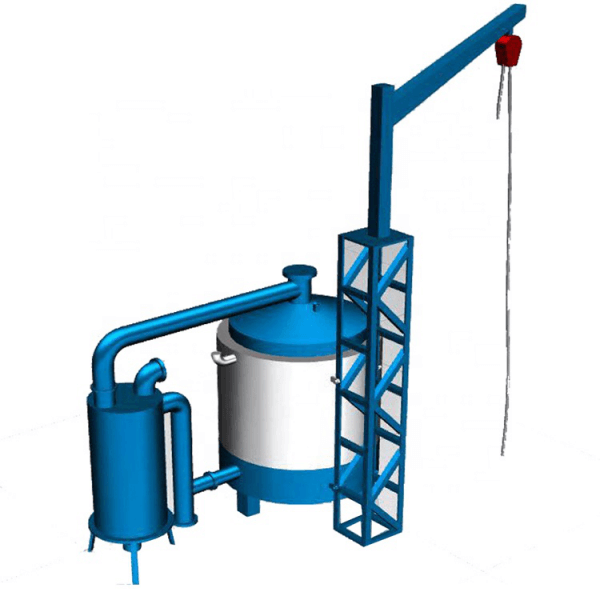In the process of thermal cracking, pyrolysis refers to the conversion of different organic matters by utilizing a catalyst. Usually, this process is not subjected to any form of oxygen. When triglycerides undergo thermal decomposition, elements such as alkenes and alkanes are produced. Thereafter, the liquid fractions found in the thermally decomposed vegetable oils will be used as diesel fuels. With that said, this article helps you to learn more about the types of pyrolysis.
Dry Distillation
Dry distillation refers to the process of heating solid materials in order to produce different gaseous products. Usually, such products can easily condense into liquids as well as solids. This method highly takes advantage of pyrolysis. For instance, it may mean taking a glass of mixed ice that can be separated without breaking chemical bonds. As such, the chemical matter found in the elements contains diversified molecules that may break. Dry distillation is also a process utilized in harvesting liquid fuels from wood.
Slow Pyrolysis
Slow pyrolysis refers to the slow heating of different organic materials where there is no oxygen. Rather than combusting, the volatiles will be generated from the organic material where a product remains. Slow pyrolysis is also known as carbonization. It majorly builds on the idea of producing solid charcoal as the main product.
Microwave Pyrolysis

Microwave pyrolysis is also referred to as the microwave-assisted pyrolysis. It’s a major process involving microwave dielectric heating. This is like how your food is heated using a microwave. The entire process is spearheaded by flipping the orientation of the microwave’s dipoles using the material that’s in the process of being heated. In many cases, microwave pyrolysis is often attractive, especially for heating.
Flash Pyrolysis
Flash pyrolysis refers to a process of thermal cracking, which usually occurs when the material is subjected to high temperatures of heating using a short vapor residence time. This is often used in the process of minimizing the secondary cracking n order to keep the secondary cracking. This plays a role in assisting you to keep the liquid yields pretty high.

Ablative Pyrolysis
Ablative pyrolysis is a process that entails the transfer of heat from a reactor wall to the feedstock. The process ensures that the walls are heated. A significant volume of feedstock particles can easily be pyrolyzed in the process. This is solely appended to the fact that the reaction rates won’t be impacted by the heat transfer even if biomass is used. With that said, the pyrolyzers help in ensuring that there’s high relative motion found in between the high-pressure particles and the hot reactor wall.
Take-Home
Pyrolysis is a viable process used in the decomposition of waste materials to produce energy in many ways. Towards that end, there are different pyrolysis processes that an individual can use in various cases. They have been highlighted in this article to offer guidance to people who are interested in knowing more about the process.


